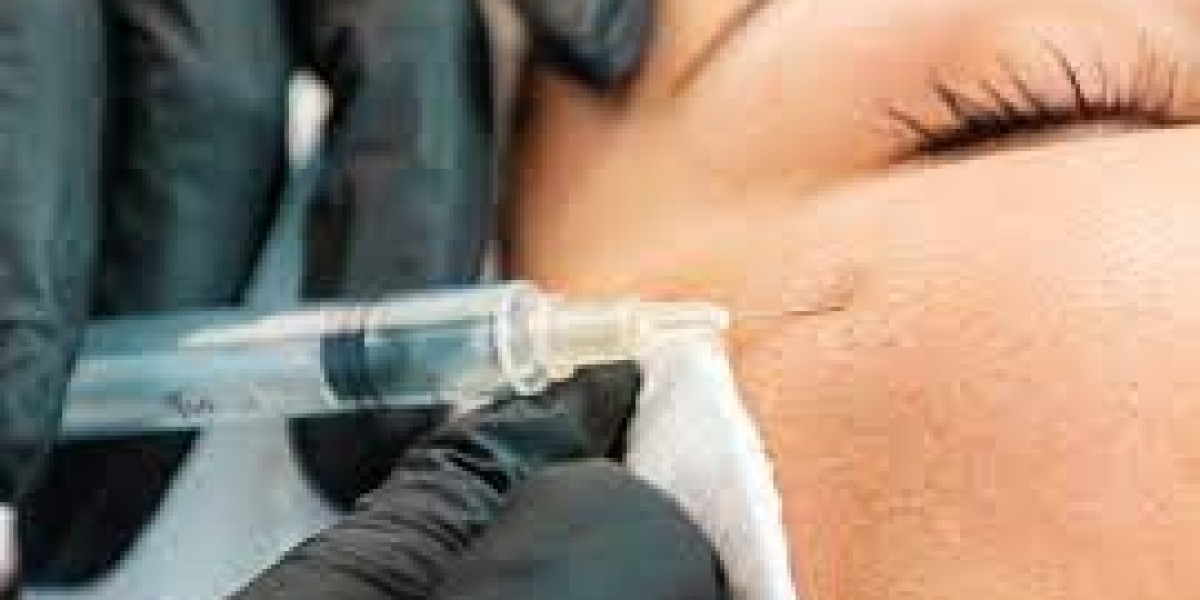If you’re exploring non-surgical cosmetic treatments, you’ve likely asked yourself: what’s the difference between Botox and fillers? While both are injectable solutions used to reduce signs of aging, they work in entirely different ways. Understanding how they differ in function, application, and results can help you decide which option best suits your aesthetic goals.
Why Understanding the Difference Matters?
Botox and dermal Filler Injections in Dubai(حقن الفيلرز في دبي) are often grouped together, but they serve distinct purposes. Botox is a neuromodulator, designed to relax muscles and reduce the appearance of dynamic wrinkles—those caused by facial movements like frowning or squinting. In contrast, fillers are volume enhancers, used to plump up areas that have lost fullness or to contour facial features.
Knowing the difference helps set realistic expectations and allows for a more personalized approach to anti-aging treatments. Choosing the right product for the right concern is key to achieving natural, balanced, and youthful results.
What Is Botox and How Does It Work?
Botox (short for botulinum toxin) works by temporarily blocking nerve signals to specific muscles, causing them to relax. It’s most effective on expression lines such as:
Forehead wrinkles
Crow’s feet around the eyes
Frown lines between the eyebrows
By limiting muscle movement, Botox softens wrinkles and prevents new ones from forming. The effects typically become noticeable within 3 to 5 days and last about 3 to 4 months, depending on individual factors like metabolism and muscle strength.
It doesn’t add volume or lift—it simply smooths out the skin by reducing movement in targeted areas.
What Are Fillers and How Do They Work?
Dermal fillers are gel-like substances injected beneath the skin to restore lost volume, enhance contours, and smooth out static wrinkles—those present even when the face is at rest. Most fillers are made from hyaluronic acid (HA), a naturally occurring substance that hydrates and plumps the skin.
Common treatment areas include:
Lips
Cheeks
Nasolabial folds
Under-eye hollows
Jawline and chin
Fillers offer instant results and can last anywhere from 6 to 18 months, depending on the type used, the area treated, and the patient’s lifestyle.
Unlike Botox, fillers don’t affect muscle movement; instead, they physically fill in wrinkles or areas lacking volume for a more sculpted look.
Risks Associated with Botox and Fillers:
Both treatments are generally safe when administered correctly, but they come with their own sets of potential side effects:
Botox Risks
Temporary drooping of eyelids or eyebrows
Mild headache or flu-like symptoms
Bruising or swelling at the injection site
Unnatural expression if overused
Filler Risks
Bruising, redness, or swelling
Lumps or uneven texture
Filler migration
Rare risk of vascular complications
Allergic reaction or delayed swelling
Choosing the right treatment provider and following aftercare instructions helps minimize these risks significantly.
Key Benefits of Botox and Fillers:
Each treatment offers its own set of advantages depending on your desired outcome:
Botox Benefits
Smooths dynamic wrinkles
Prevents formation of deeper lines
Quick procedure with no downtime
Subtle, refreshed look
Filler Benefits
Restores lost volume and enhances facial structure
Provides immediate, visible improvement
Can be tailored to specific areas
Offers long-lasting results
In many cases, combining both treatments—often called a “liquid facelift”—can address multiple concerns simultaneously, offering a comprehensive anti-aging solution.
Frequently Asked Questions:
Can I get Botox and fillers at the same time?
Yes. They target different concerns and can safely be used together for a balanced, youthful appearance.
Which lasts longer: Botox or fillers?
Fillers usually last longer. Botox lasts 3 to 4 months, while fillers can last from 6 to 18 months depending on the type and area treated.
Are the results of Botox and fillers immediate?
Filler results are immediate. Botox typically takes a few days to show effects, with full results in about 7 days.
Is one better than the other?
Neither is “better”—it depends on your specific needs. Botox is best for dynamic lines, while fillers are ideal for volume loss and contouring.
Will I look unnatural?
Not when done correctly. The goal is subtle enhancement, and skilled injectors aim for natural-looking results that preserve facial expression and balance.
Conclusion:
So, what’s the difference between Botox and fillers? In short, Botox relaxes muscles to smooth dynamic lines, while Filler Injections(حقن الفيلرز) add volume to contour the face and correct static wrinkles. They each have unique strengths, and the right choice depends on your individual concerns, goals, and facial anatomy. Whether used alone or in combination, both treatments offer powerful, non-surgical ways to maintain a youthful, refreshed appearance with minimal downtime and long-lasting results.








